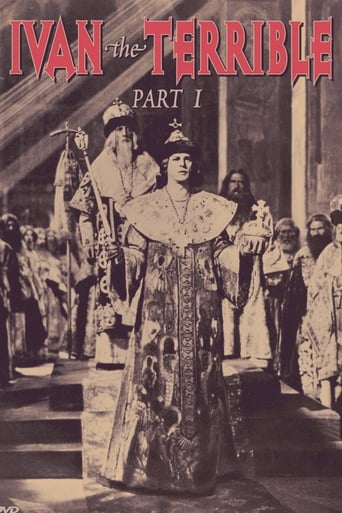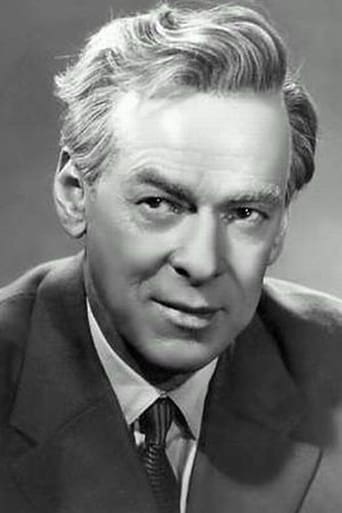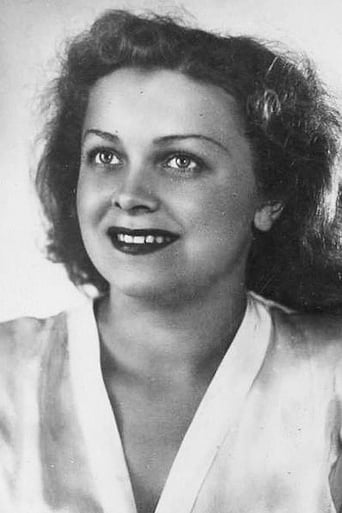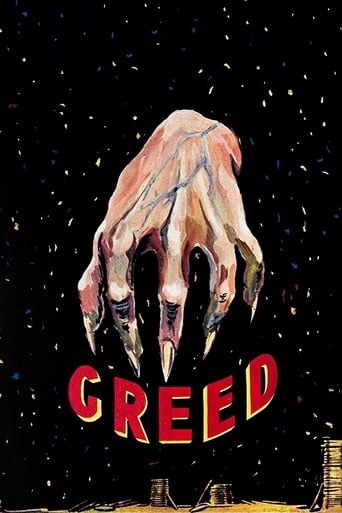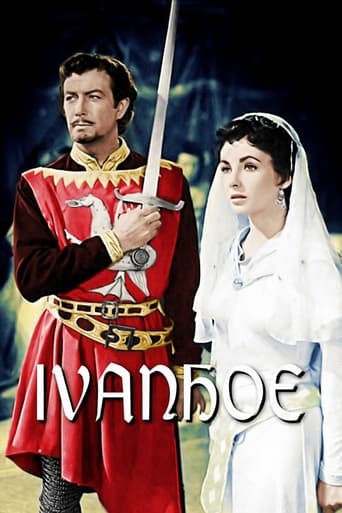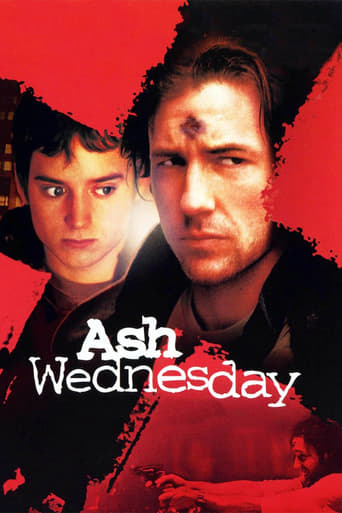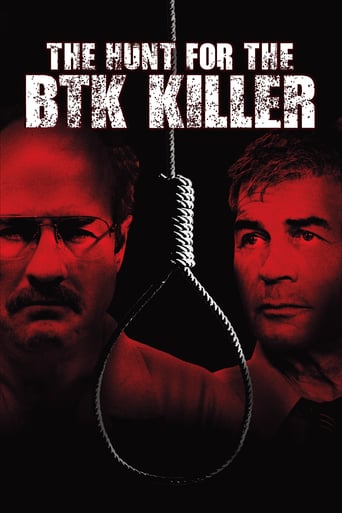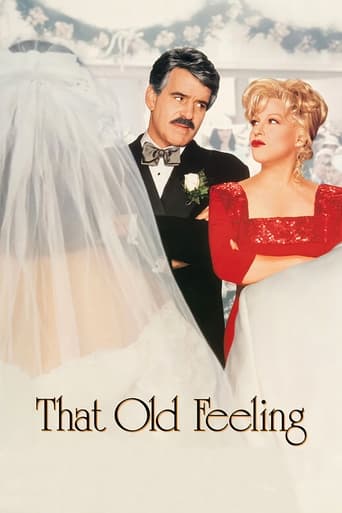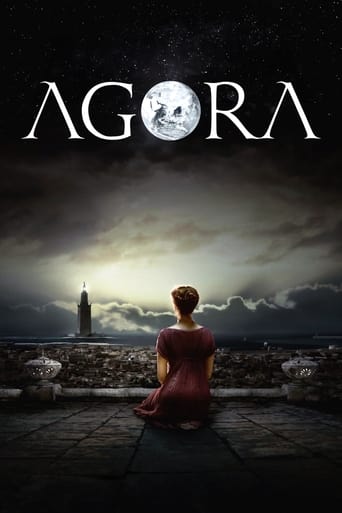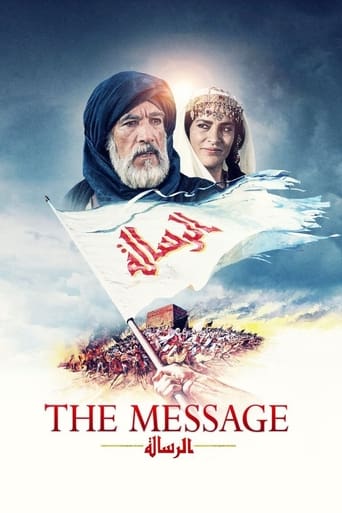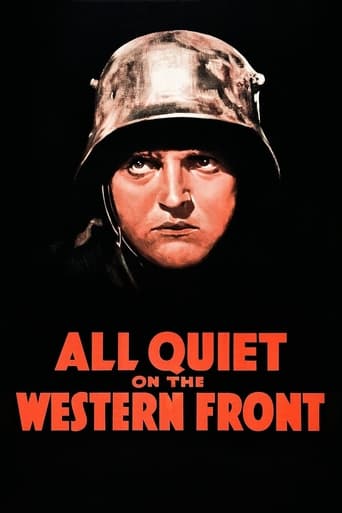Ivan the Terrible, Part I (1944)
Set during the early part of his reign, Ivan faces betrayal from the aristocracy and even his closest friends as he seeks to unite the Russian people. Sergei Eisenstein's final film, this is the first part of a three-part biopic of Tsar Ivan IV of Russia, which was never completed due to the producer's dissatisfaction with Eisenstein's attempts to use forbidden experimental filming techniques and excessive cost overruns. The second part was completed but not released for a decade after Eisenstein's death and a change of heart in the USSR government toward his work; the third part was only in its earliest stage of filming when shooting was stopped altogether.
Watch Trailer
Free Trial Channels
Cast


Similar titles
Reviews
Very disappointed :(
Let's be realistic.
Tells a fascinating and unsettling true story, and does so well, without pretending to have all the answers.
Exactly the movie you think it is, but not the movie you want it to be.
One of film who you deserve to see. for its contrast shadows. for the familiar pieces defining it, from Shakespeare tragedies to German Expresionism. for Eisenstein genius. and, sure, for the status of political propaganda. a film who impress. for different motifs, different people. because not only the artistic virtues define it. but the force of seduction of power and its legitimation. the nuances, from costumes to icons and close ups. the admirable performance of Cerkasov. and, sure, the thrill of exploration, in subjective manner, off course, but with high dedication, of the period and the traits of Ivan Vasilievich who, from young man age , becoming the tsar or entire Russia, becomes the lonely leader, in middle of the circle of enemies and having as source of power his weackness . a film like a large fresco. and solide testimony about a magnificent art.
(Movie Quote) - "You will answer for this before God!" And, was "Ivan The Terrible" terrible movie-making? No. As a matter of fact, it wasn't.Starting off with an incredibly freakish and super-surreal opening sequence, "Ivan The Terrible" (filmed in the mid-1940s, in 2 parts, totalling 187 minutes) is particularly notable for its position in foreign-movie history.Directed by Sergei Eisenstein, this lavish and equally bizarre film was actually commissioned by Soviet Premier, Joseph Stalin (who admired and identified himself with the title character). (It was later, though, that Stalin condemned said-film once Eisenstein had completed Part 2)I mean, you really have to see this wacky production for yourself to believe it. It certainly is loaded to the rafters with all sorts of hammy performances and unintentionally laughable scenes that are sure to provide some worthy moments of entertainment.Heavy-as-lead with religious and political ideology, this film's most outstanding asset was, of course, its striking cinematography that, at times, was like witnessing a historical nightmare as seen through the collective eyes of the highly subjective Russian citizens.
This double film is a masterpiece in many ways. It took two years of research before starting to come out of thin air and being filmed. The first part came out in 1944 and the second part in 1945. This means the research was done when the USSR was down under the feet of the Nazis. The first part came out when the tide had turned and the Russians were already advancing in Poland. The second part came out after the fall of Berlin or close before. The political meaning at the time was clear. The first part was singing the praise of the man who unified Russia, just like it was necessary in the war years to reunify the USSR for the last push to Berlin. The second part is slightly different since it was the time when Ivan the Terrible had to face the plots and conspiracy from the Boyars, the nobles and the top echelon church people and he had to defeat them with wise schemes more than just plain violence. That was of course essential after the war to face the various groups of people who could have spoken out of unity now the outside danger was eliminated. But we have to go beyond this immediate and historical value of the film when it was shot. It is a masterpiece because Eisenstein uses rather simple means to produce an epic film whose every scene is poignant, powerful, impressive, etc. Eisenstein uses all the possibilities his know-how and experience provide him with. Of course he uses black and white to play on shade, shadows and contrast so that some scenes are frightening and quite in the line of the big masters of horror of the late 20s, Fritz Lang or Murnau. He uses the body language and the composition of the scenes and setting to make every single square centimeter meaningful and active. The hands, the faces, the bodies are among the best actors of the film along with the actors themselves, quite in the line of what Eisenstein was doing in the 20s, but even better because he was able to use their lips in order to make them speak. The soundtrack is prodigious. He composes a real symphony with voices used in the most dramatic and expressive way, with all kinds of sounds and noise that give a real depth to the pictures on the screen and the voices of the actors, and finally the outstanding music score by Prokofiev: probably one of the best film music ever and that music totally avoids the repetitiveness of the music of the old silent films to create a fully developed universe of its own that amplifies the voices and the sounds and noises. That creates the epic atmosphere the story itself needs. What's more, in the second part, the use of color for two reels of the film shows the force of the black and white reels, and at the same time shows how Eisenstein can use the color of these reels in order to create a different but similar contrast, this time centered on red dominating the various other colors that are essentially, white, black and yellow. The red of these reels becomes the expression of life and at the same time of some oppressiveness coming from some danger that red also designates (and surprisingly enough we cannot find any "revolutionary" meaning to that red, but we may be missing some inside meaning in the USSR of the time). The films have been digitally re-mastered but not in any way changed: we still have the jerky pictures of those days and the blurry sound track of before digital sound (even the music that could have been re-recorded). And it is good because we really have the impression to watch an old film from the 50s.Dr Jacques COULARDEAU, University Paris 1 Pantheon Sorbonne, University Paris 8 Saint Denis, University Paris 12 Créteil, CEGID
I've seen this a number of times now so it's difficult for me to remember having trouble getting into the stylised form of acting and by 1944 dated expressionistic cinematography that other viewers might have. First time of watching it was on UK TV over 20 years ago with Part 2 and a documentary called Part 3 containing the remaining extant scenes, and I loved it. I'm dead against arty farty pretentious movies and am always aware that being obscure does not automatically make a film a classic, but this really is a classic of its kind. It was Eisenstein's best work (imho) a rallying call to all of the disparate inhabitants of Mother Russia to work and fight together, which was ordered by Stalin and who was pleased with the similarities I bet he was on tenterhooks waiting for Ivan to go insane though.Ivan is crowned Tsar of all the Russias and proceeds to drag the country into the 16th century, disposing of external enemies in the form of Tartars, starting a long war against Livonia and limiting the influence of the antagonistic aristocracy, the boyars. The acting is intensely melodramatic, with endless sinister sidelong glances taken from acute camera angles and Ivan's pointy beard shown to good advantage, which to people not paying much attention can probably be mirth-inducing. But this was pulse-quickening propaganda for the new Russian working class to comprehend, not Artheads decades later - Eisenstein did it so memorably that like Potemkin it's still spellbinding today. Otoh he borrowed extensively from Snow White too for some of most incredible shadowy images in here, and his whole technique hadn't moved on from silent film. The use of the b&w nitrate film, costumes, sets and angular ugly faces are wondrous to behold and Prokofiev's stirring music glues it all together triumphantly.All in all, a knockout film with faults but which still defies and will survive all criticism.

